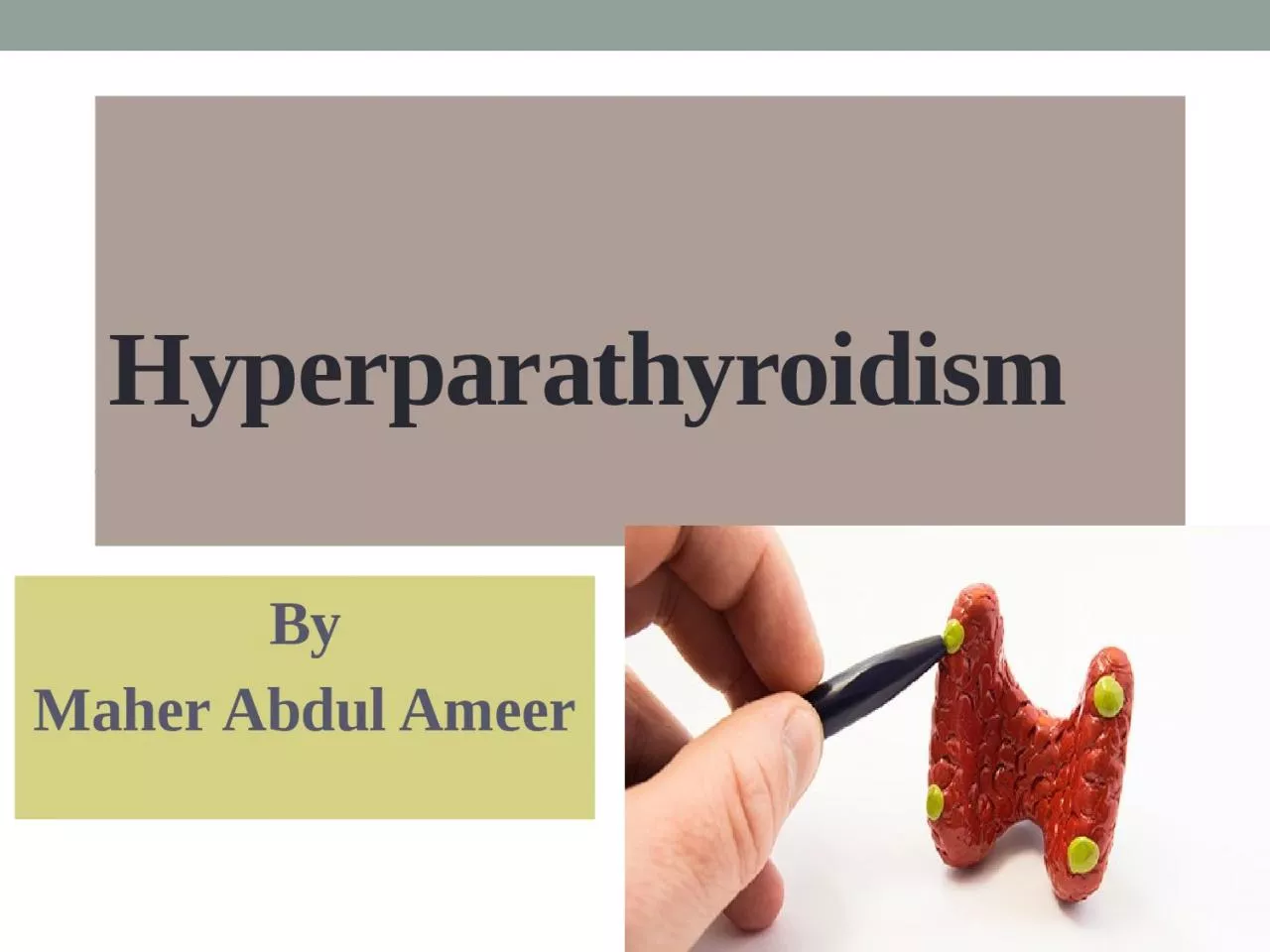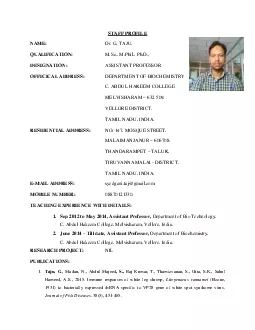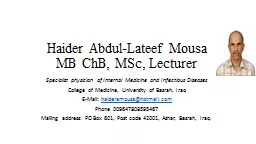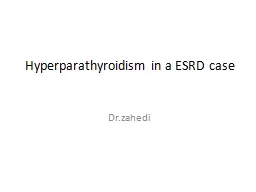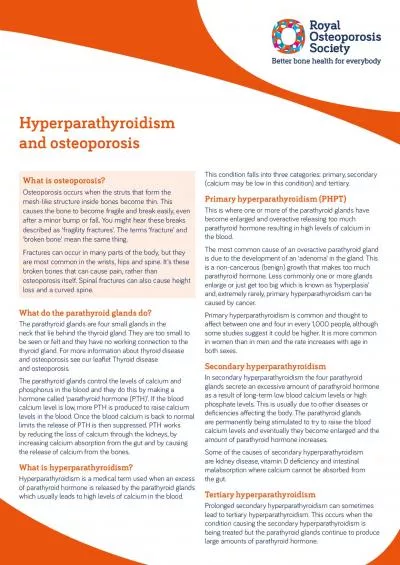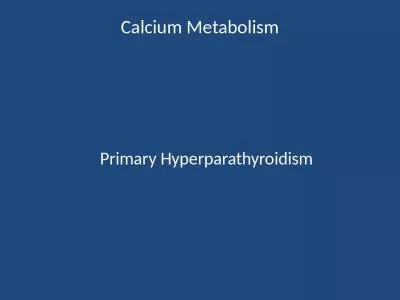PPT-Hyperparathyroidism By Maher Abdul Ameer
Author : victoria | Published Date : 2024-02-02
The parathyroid glands secrete PTH to help control the levels of calcium and phosphorous in the body There are usually four parathyroid glands located on the outside
Presentation Embed Code
Download Presentation
Download Presentation The PPT/PDF document "Hyperparathyroidism By Maher Abdul Ameer" is the property of its rightful owner. Permission is granted to download and print the materials on this website for personal, non-commercial use only, and to display it on your personal computer provided you do not modify the materials and that you retain all copyright notices contained in the materials. By downloading content from our website, you accept the terms of this agreement.
Hyperparathyroidism By Maher Abdul Ameer: Transcript
Download Rules Of Document
"Hyperparathyroidism By Maher Abdul Ameer"The content belongs to its owner. You may download and print it for personal use, without modification, and keep all copyright notices. By downloading, you agree to these terms.
Related Documents

